Huanghuagang Mausoleum of the 72 Martyrs
A replica of the Statue of Liberty watches over the tomb of 72 Chinese revolutionaries.
Before there was the Republic of China, and before the People’s Republic of China, there was the imperial dynasty. The dynasty lasted for thousands of years, so it was no easy feat to overthrow it. During this time of revolt, many lives were lost.
During the Second Guangzhou Uprising in April of 1911, nearly a hundred revolutionaries stormed the residence of the local viceroy. At first it seemed as though they’d be victorious, but with more imperial soldiers arriving, they were slaughtered in the end. 86 bodies were found, of which 72 were identified. They were buried together near where they died, and a large tomb and memorial remind visitors of the sacrifices they made to bring China into the modern world.
The revolution was a messy business, and the history of the little Statue of Liberty atop the tomb almost just as complicated. The statue as a symbol of revolution and freedom was at first appreciated by those who toppled the dynasty, but in 1936 it was forcefully removed and replaced by the government’s symbol of a sun and sky. It was not until 1949 after Guangzhou was liberated that the political party’s emblem was removed and the Statue of Liberty reinstalled, but the mallet in the statue’s hand was changed to a rifle, said to symbolize the famous quote by Mao that “political power grows out of the barrel of a gun.”
During the chaos of he Cultural Revolution in the 1960’s and 70’s, the statue was once again removed, at first replaced by just a torch, which was eventually taken down. The memorial was then left empty and largely ignored. In 1981 the city invested in a new Statue of Liberty, which was built to be more a likeness of the one in New York.
Today, many come to see the memorial and its crowning statue.



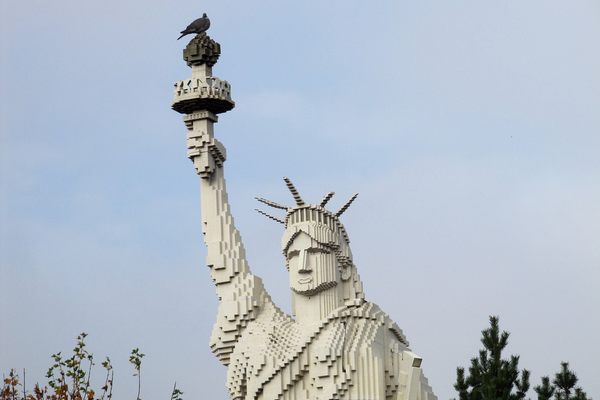





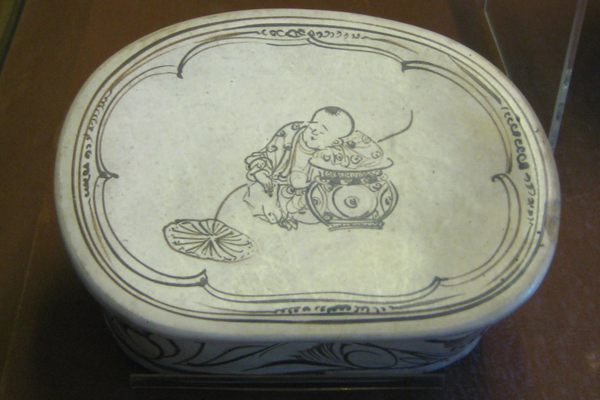
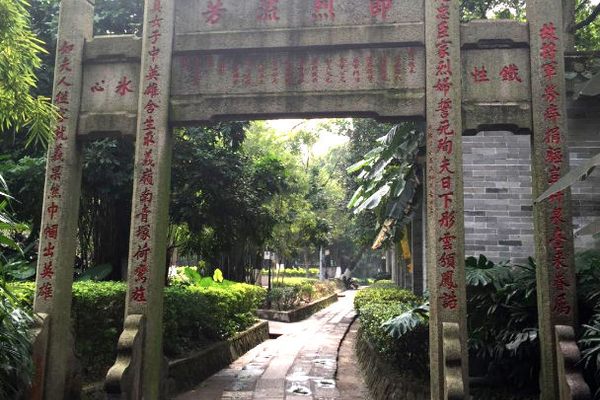



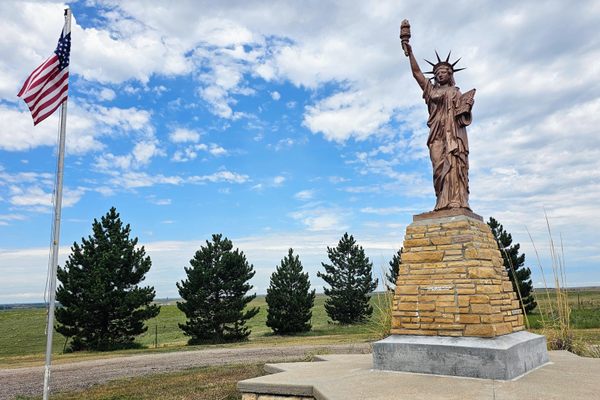
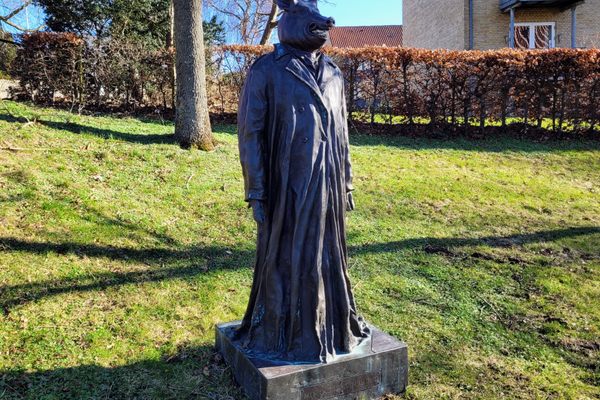

Follow us on Twitter to get the latest on the world's hidden wonders.
Like us on Facebook to get the latest on the world's hidden wonders.
Follow us on Twitter Like us on Facebook